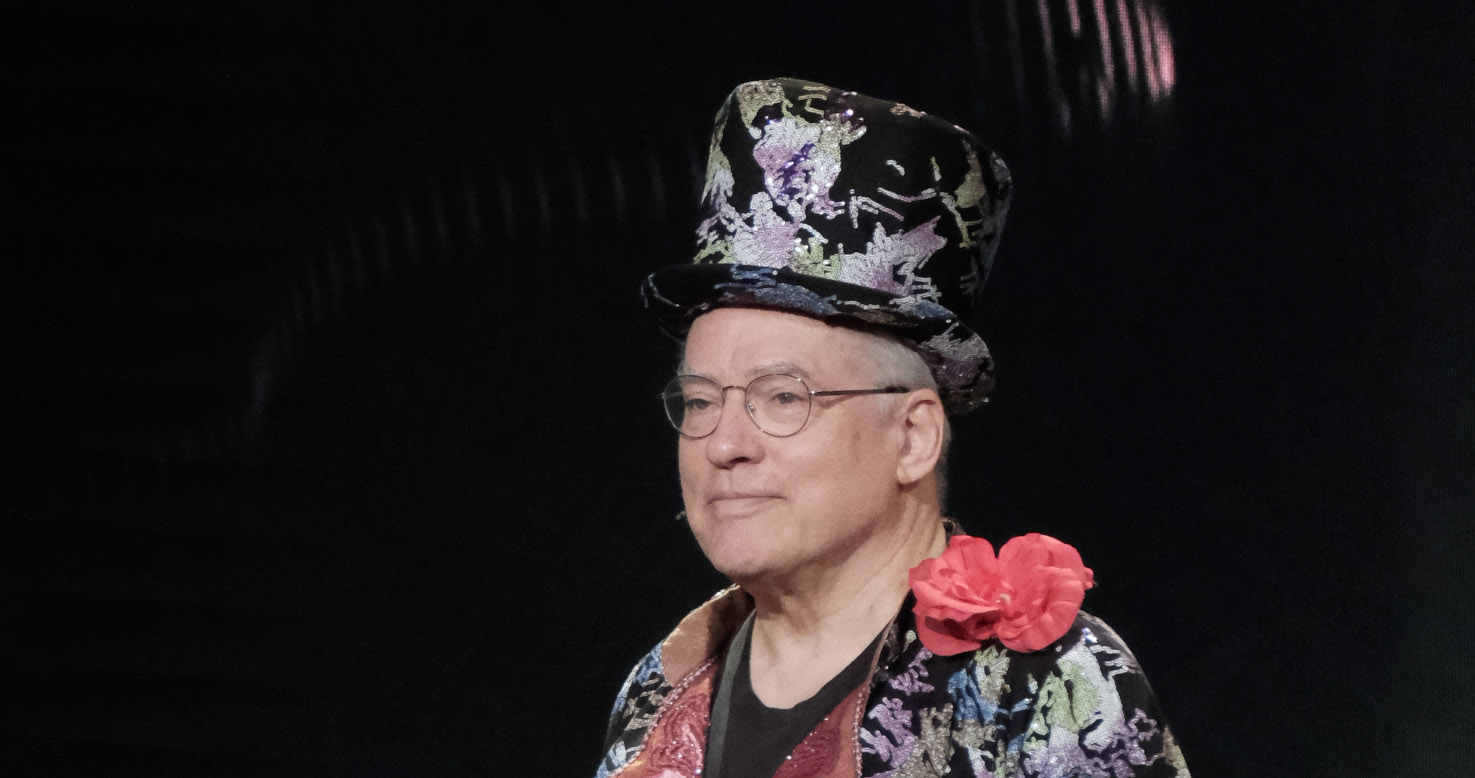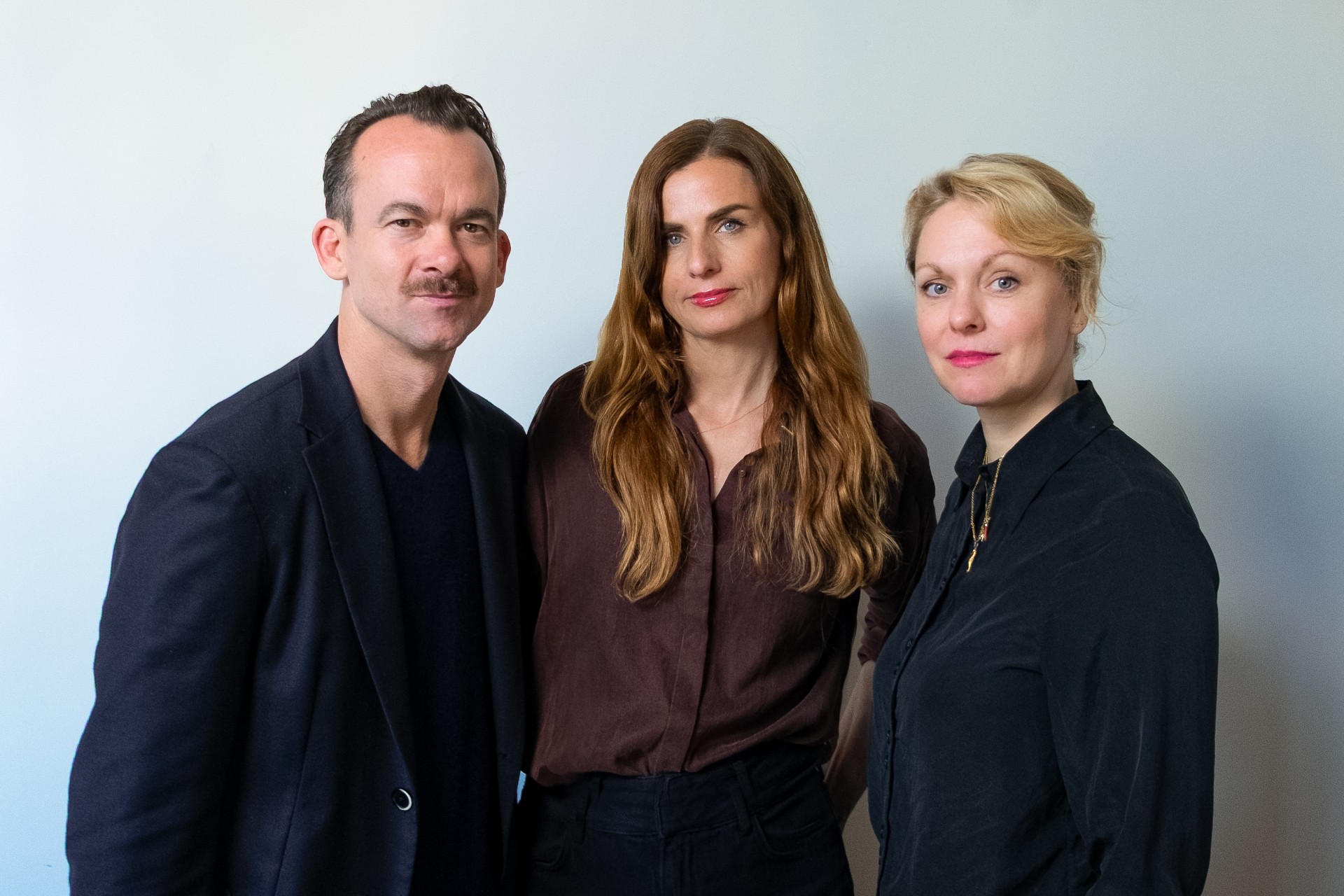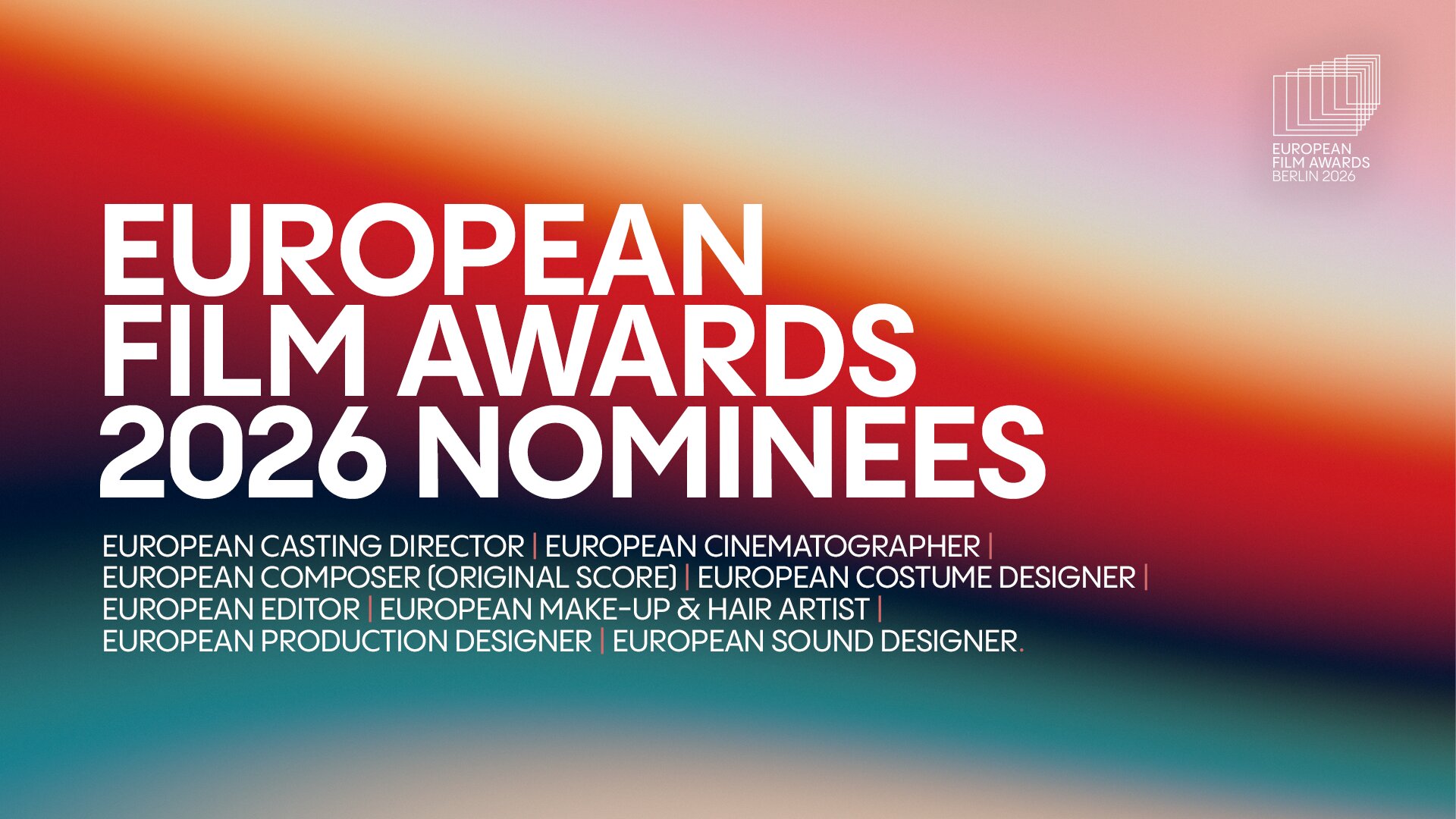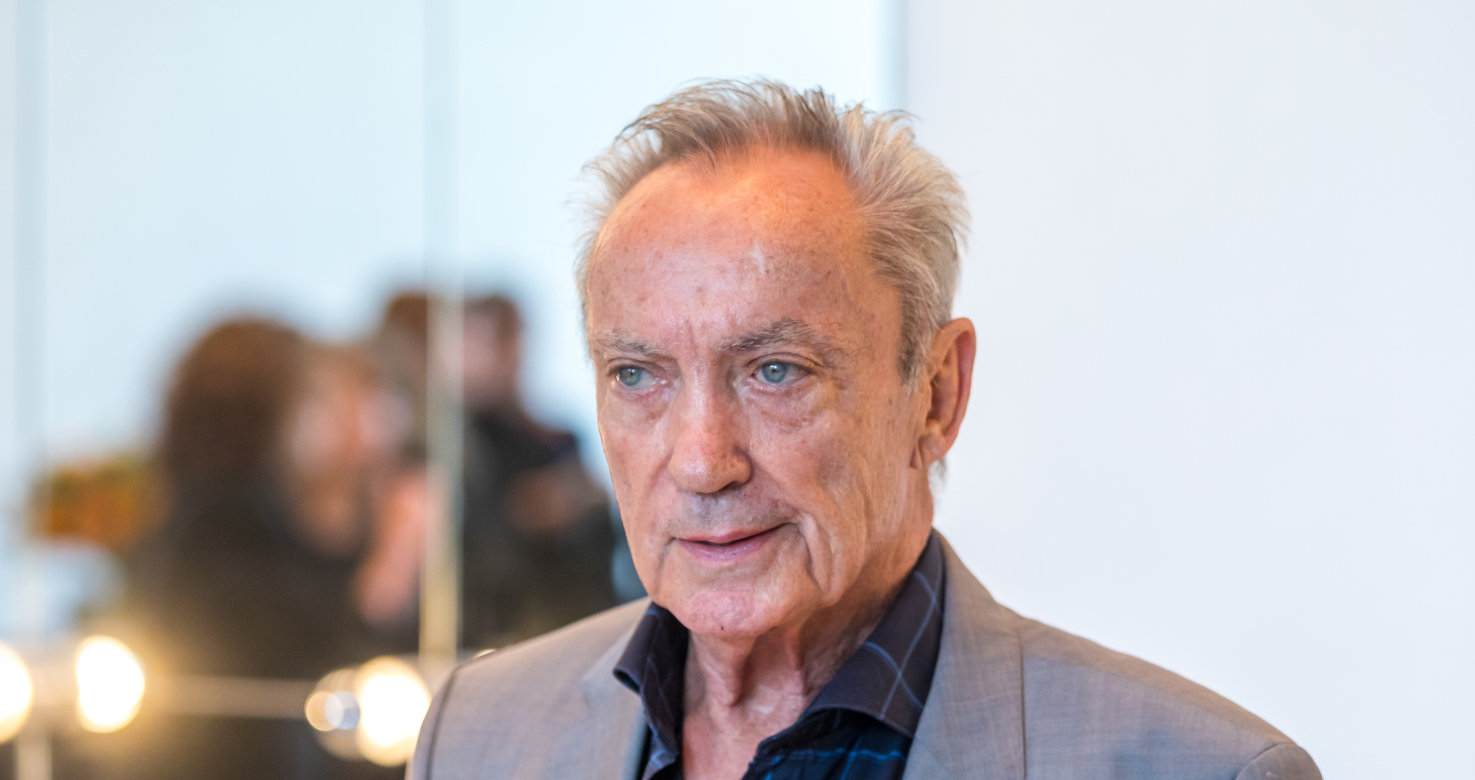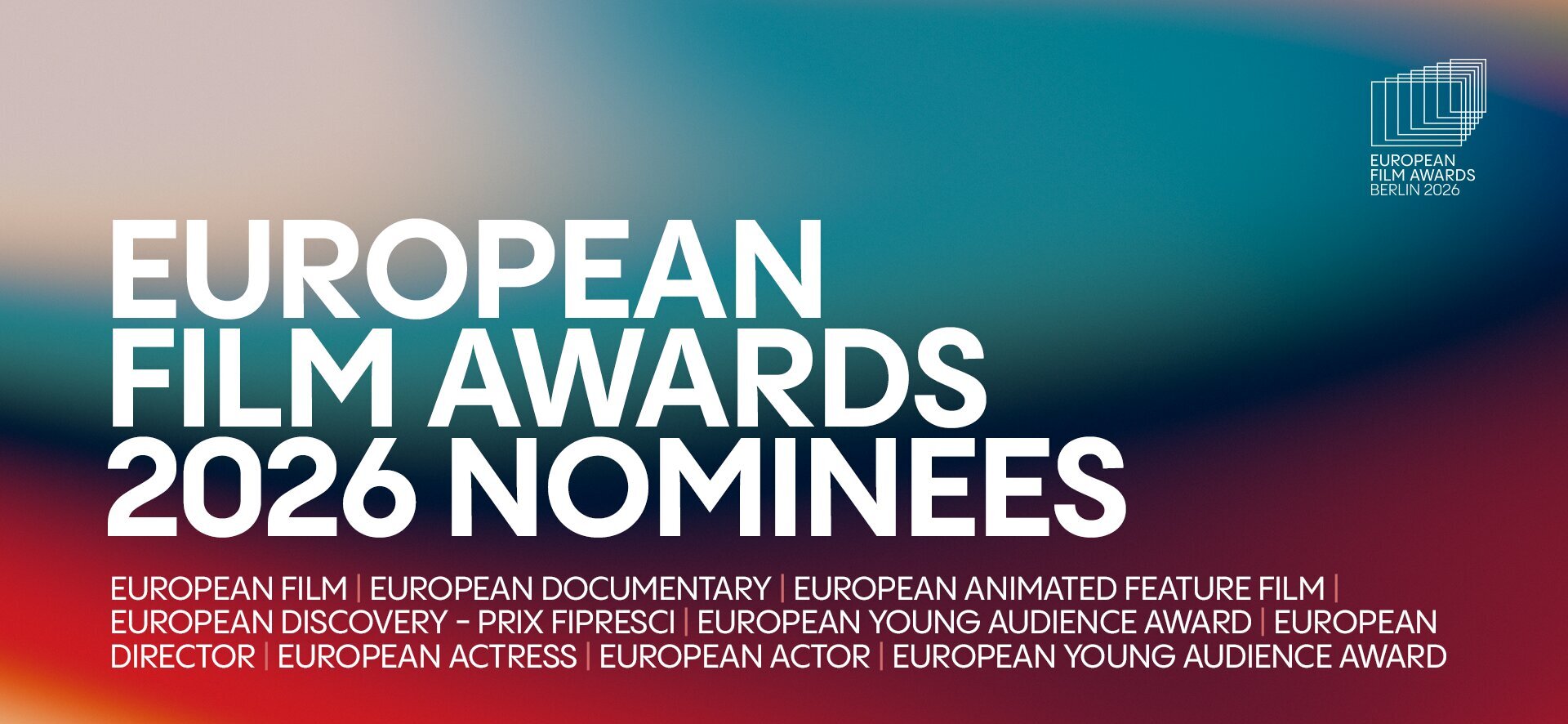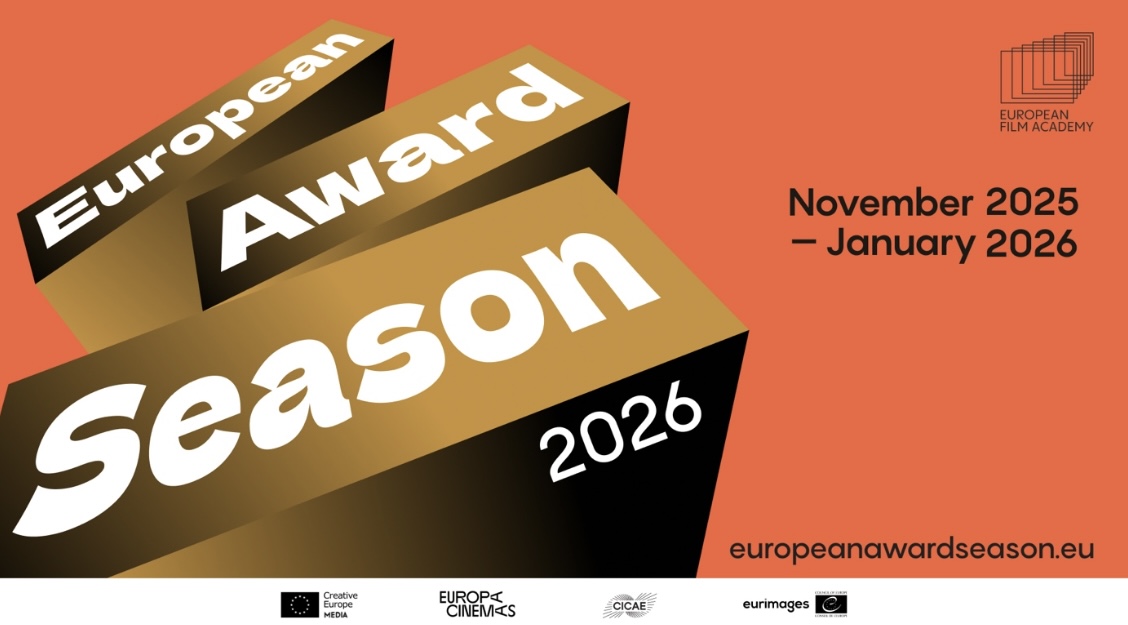_UNDERSCORE
Stromboli 75: Stardust Among the Ashes
_UNDERSCORE
Stromboli 75: Stardust Among the Ashes
by Alicja Nowacka
As 2025 marks the 75th anniversary of STROMBOLI’s premiere, we look back at Roberto Rossellini and Ingrid Bergman’s artistic co-operation and their influence on European cinema. Their collaboration, at once intimate and tumultuous, defied conventions and bridged worlds: neo-realism and modernism, Hollywood glamour and Italian austerity, personal turmoil and collective post-war grief.
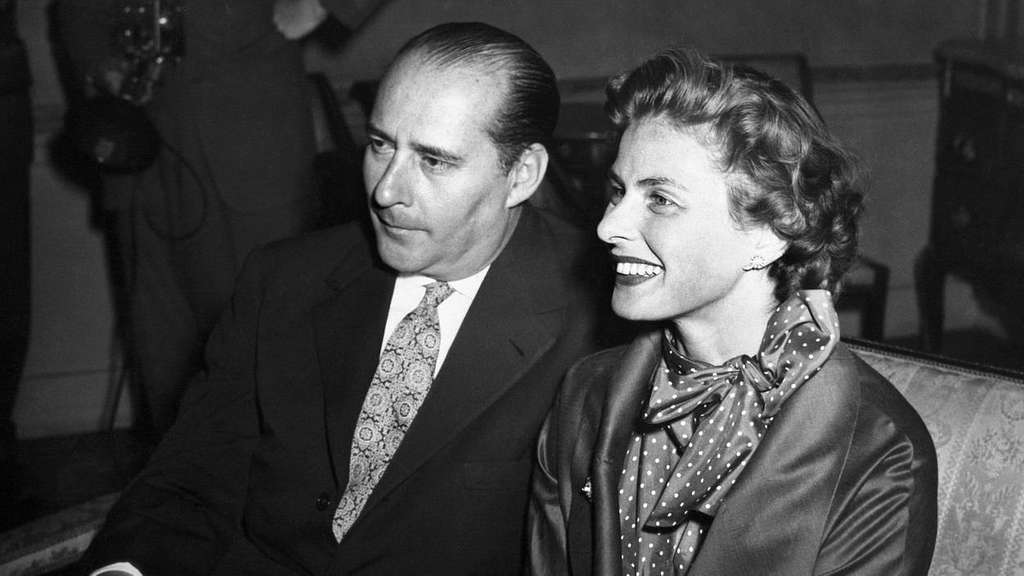
In 1950, Rossellini was already regarded as one of Italy’s most esteemed auteurs. With films such as ROME, OPEN CITY (1945), PAISAN (1946), and GERMANY, YEAR ZERO (1948), he had established himself as a master chronicler of society, torn by war and poverty. These foundational works of Italian neo-realism captured the lives of ordinary people, portrayed by non-professional, and often local actors. Often the dialogues were created on set, based on spontaneous reactions.
When Rossellini began working with Ingrid Bergman, it was perceived as a sort of betrayal – an abandonment of the neo-realist ethos through the introduction of a Hollywood star. In reality, he was not so much betraying a movement as evolving it – including the transnational perspective. Ingrid Bergman was herself a figure in motion – geographically, professionally, and symbolically. A Swedish actress who had found international fame through her work in Sweden, Germany and then Hollywood, she was, by the late 1940s, emblematic of the star system: luminous, composed, confined by the roles of dutiful wives and women defined by the men around them. Even when her characters rebelled, they did so within a conservative framework that reinforced gender norms. Bergman’s decision to travel to Italy and collaborate with Rossellini was seen by many as a moral scandal. She was the one who in 1948 wrote a letter to Rossellini, expressing the will to star in his future films. The public perceived this gesture not as a way to break free from the Hollywood star system, but above all as socially unacceptable behaviour of a married woman who initiated an affair with an also-married Italian director. Between 1950 and 1954, Rossellini and Bergman made five feature films together: STROMBOLI (1950), EUROPE ’51 (1952), JOURNEY TO ITALY (1954), FEAR (1954), and JOAN OF ARC AT THE STAKE (1954). Bergman stressed that their personal relationship did not influence the themes of the films, however, with the end of their relationship, their artistic collaboration also came to an end.
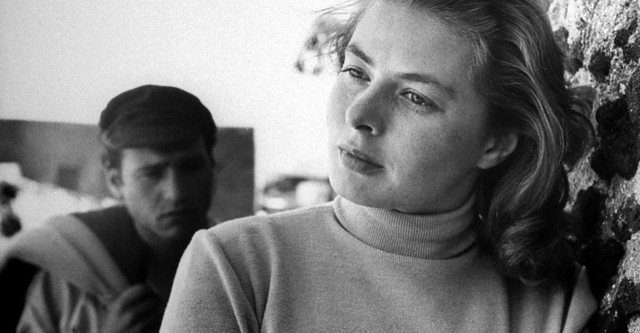
STROMBOLI remains the most iconic of their works. In it, Bergman plays Karin, a Lithuanian woman who escapes an internment camp by marrying an Italian fisherman. He takes her to his native island, Stromboli. The desolated, volcanic island is to be re-populated, re-vitalized, but Karin resists being reduced to a mere reproductive vessel. Her presence is visibly out of place. She is stylish, cosmopolitan, almost alien against the island’s ash-coloured backdrop. She attempts to shape her environment, to introduce beauty and order, rather than allow the austere terrain to shape her.
More than a story of exile or marital disillusionment, STROMBOLI is a poetic allegory for post-war Europe’s fractured identity – a meditation on loss, estrangement, and the desire for rebirth in a land still smouldering with trauma. The film’s most unforgettable sequence is an astonishingly visceral tuna fishing scene. It begins with a sense of awe, a film production masterpiece, only to plunge into horrifying realism. It is a moment that encapsulates the tension at the heart of Rossellini’s vision: beauty co-existing with brutality. Today, STROMBOLI remains the most referenced and revisited of their films. Its influence persists across generations whether in the introspective narrative of Michiel van Erp’s contemporary drama STROMBOLI, or in Luigi Maria Perotti’s 2020 documentary of the same name.
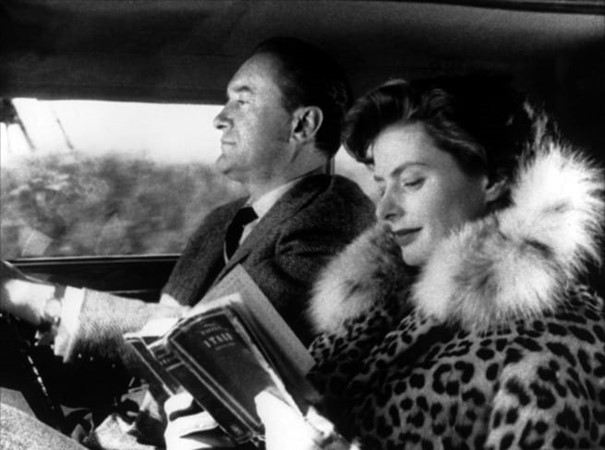
In one of their last collaborations, JOURNEY TO ITALY (1954), Rossellini returns to the motif of volcanos and ruins. A marriage in crisis travels through Italy, surrounded by vistas of past grandeur and ongoing vitality. Bergman’s character visits Pompei, museums, ancient cemeteries, the active volcano, and observes everyday vibrant life: lovers in the streets, pregnant women, mothers with children. Through her eyes we see not just poverty, but continuity, not just ruins but also resurrection.
Rossellini did not in fact abandon the neo-realist ideals by introducing modernist sensibility into his work. Although Bergman’s international status and professional acting stands in contrast to non-professional actors and raw environments, the Italian landscape is the true protagonist of Rossellini’s work at that time. This dissonance creates a tension that allows the landscapes themselves to become reflective surfaces for human emotion, European memory and trauma. Bergman’s own life, marked by displacement, re-invention, and maternal devotion (she had three children with Rossellini, among them Isabella Rossellini who received the European Film Academy’s 2024 honorary European Achievement in World Cinema Award), echoes the characters she embodied.
Their films stand not only as artifacts of cinematic experimentation but as emotional landscapes of a continent in recovery. They invite us to contemplate the cost of survival, the price of love, and the enduring human impulse to make meaning out of ruin.
Partners
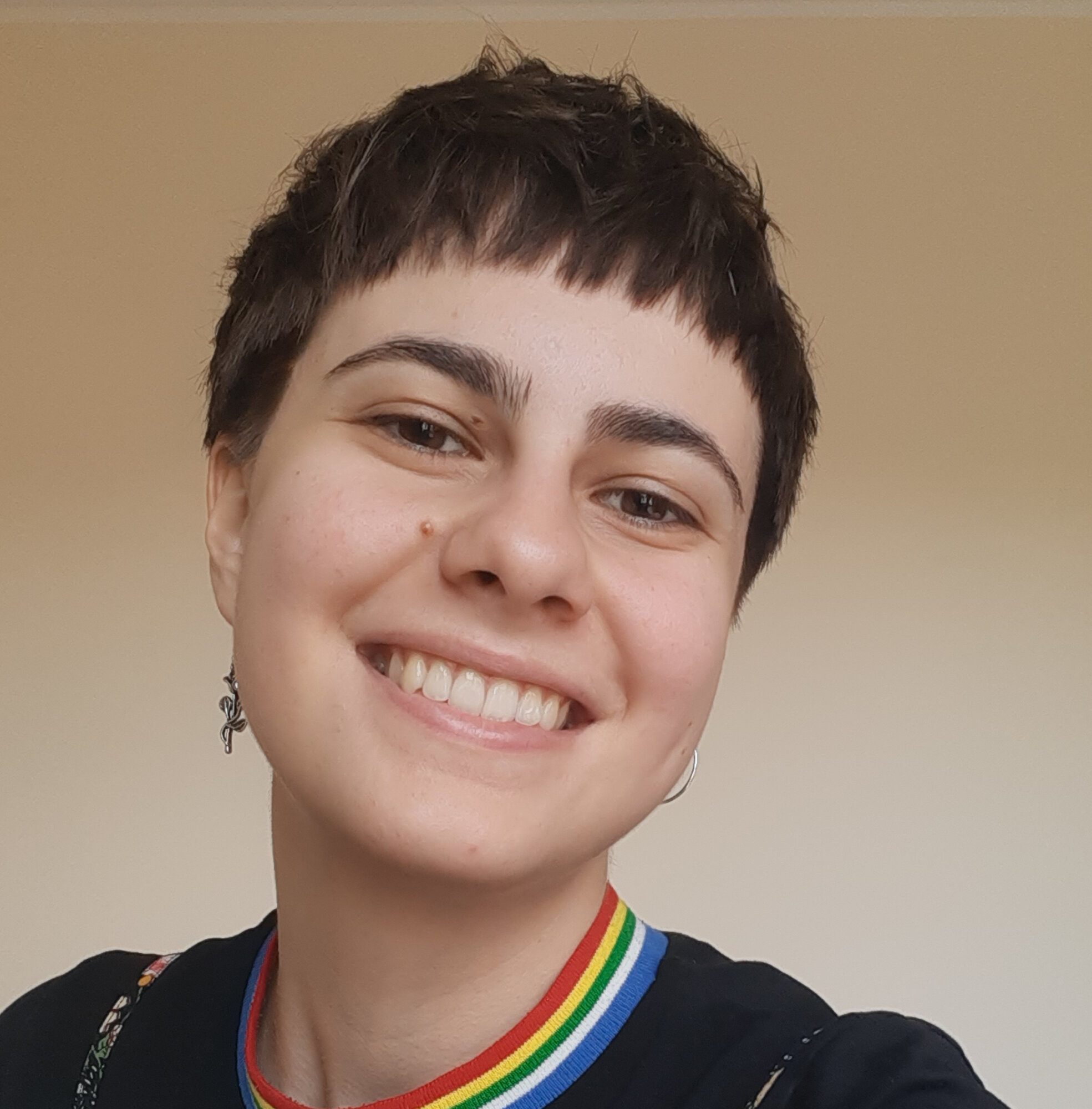
Alicja Nowacka
Alicja Nowacka
A Film and New Media Studies graduate at Jagiellonian University, Alicja works as a film educator at the Wajda Film Centre in Warsaw. She is also programmer for the Documentary Film Festival for Young Audiences LET’S DOC, and formerly for the Cinema in Sneakers Film Festival. She was awarded the Grand Prix in the XXVII Krzysztof Mętrak competition for film critics. In 2024, she participated in the European Film Academy’s «A Sunday in the Country» for young critics and film journalists.

